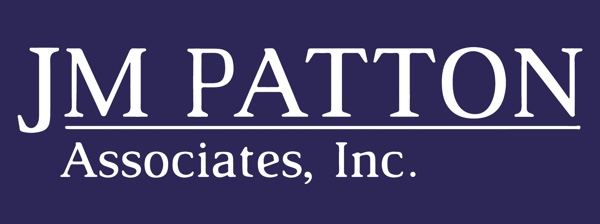401(k) Plans
If the following comment from your CPA sounds familiar to you, then your CPA is similar to most clients we talk with:
“Put money in your 401(k)/Profit Sharing Plan and pay taxes on the rest. If you want to take home more money, you need to make more money.”
We have found that very few CPAs are proactive when it comes to saving their clients money on taxes. Most CPAs simply process tax returns and are so busy that they do not have time to meet with individual clients to work on a true income tax reduction plan.
The traditional income tax reduction solutions are simple. This page gives you the basic information on a 401(k) plan.
A 401(k) Plan is a qualified retirement plan in which an employer permits an employee to defer receipt of part of his or her compensation by contributing that part to his or her account in the 401(k) Plan. This is a paycheck deduction for the employee and is completely voluntary. Typically, a company will have a match of some sort as a benefit to the employees. The match is typically 50 cents on the dollar up to 6% of pay, thereby capping any potential match at 3% of payroll. The maximum payroll deduction for 2015 was $18,000 with a $6,000 catch-up provision for those ages 50+, and in 2016 the deferral limit is also $18,000 with the same catch-up amount. The following is a table of 401(k) contribution limits:
| Employee | Catch-Up | Total Age 50+ | |
| Deferral Limit | |||
| 2019 | $19,000 | $6,000 | 25,000 |
| 2020 | $19,000 | $6,000 | 25,000 |
Are Qualified Plans Tax-Hostile or Tax-Favorable?
While most people think it’s a good idea to fund a “tax-deferred” qualified retirement plan; many times that’s NOT the case. In fact, tax-deductible qualified retirement plans can be more tax-hostile than tax-favorable.
You may have had someone ask you if it is better to pay taxes on the harvest or the seed? What this question is asking you is whether it is a better idea to pay income taxes now on your current income (the seed) if you could let that money grow tax-free and be removed tax-free later in retirement, or is it a better idea to let your money grow tax-deferred for year in a qualified retirement plan and then pay income taxes on ALL of the money that is withdrawn (the harvest).
We’ve run the numbers and for most clients under the age of 60, paying taxes on the seed while letting your money grow tax-free and come out of a wealth-building tool tax-free in retirement will be much better than simply income tax-deferring money the traditional way through a 401(k) or other tax-deferred qualified plans.
To learn how you can build a tax-favorable retirement nest egg outside of a qualified retirement plan, please click on the image below.
Retirement Life vs Brokerage Accounts & 401k’s
